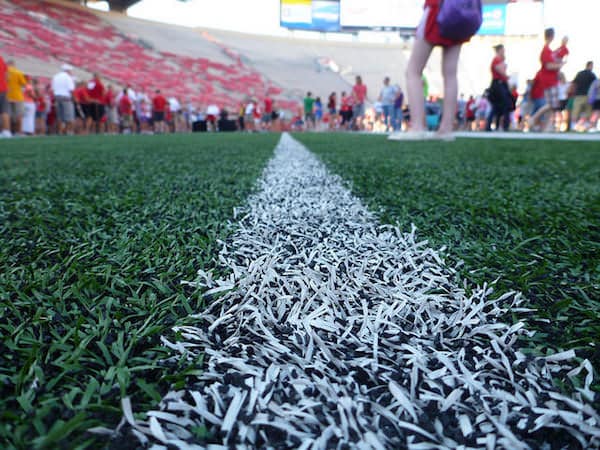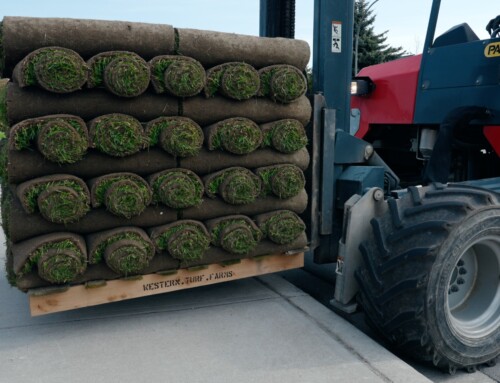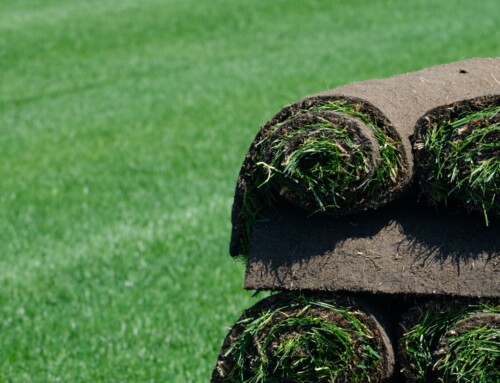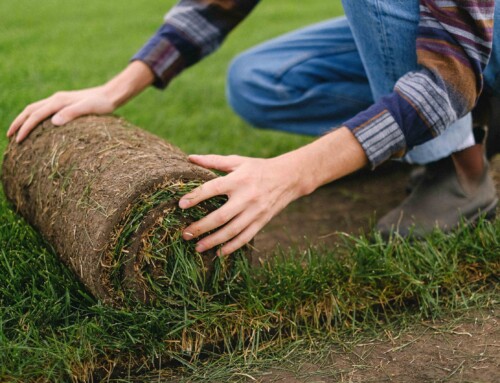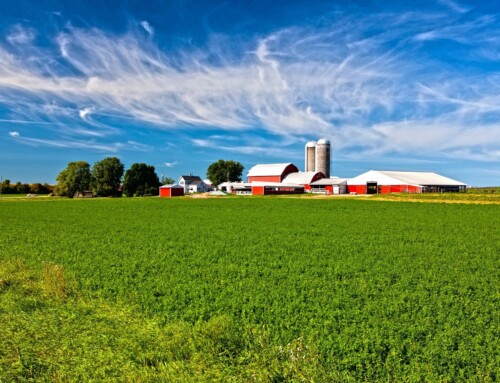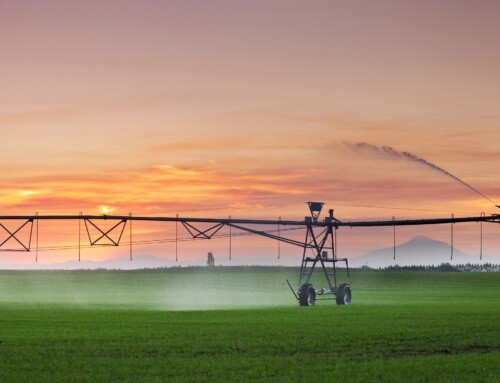Natural Grass Sports Fields Beat Artificial Turf. Part 2
A little while back, we wrote about how natural grass turf beats artificial turf for sports fields. Are we a little biased? Sure. But it seems players, sports field superintendents and Forbes Magazine agrees with us. The only reason there’s any controversy at all seems to stem from artificial turf manufacturers’ marketing magic and numbers that don’t really add up when you look closely.
From Forbes, How Taxpayers Get Fooled On The Cost Of An Artificial Turf Field:
But the reality is that non-partisan studies have shown the exact opposite–natural grass fields are a bargain compared to artificial turf due to the huge costs taxpayers get stuck with to maintain and replace artificial fields after their warrantees expire. One of the artificial turf industry’s selling points is that an artificial turf field will last eight-to-10 years, even though the usual warranty runs for only eight, and that the initial exorbitant cost of installation is recouped in no time from tens of thousands in savings from no longer maintaining a natural grass field.
Savings from no longer maintaining a natural grass field? Only if there’s no cost to maintenance for an artificial grass field – and that’s just not the reality that we recognize. Over the long term, artificial turf fields are actually more expensive than natural grass fields to maintain (Check out the article’s example of Montgomery County, which showed a nearly 50 percent markup in maintenance by the 20 year mark). So much for longer-term cost savings with an artificial field!
Putting aside dollars and cents, what do the athletes think? We see that in recent polls, the vast majority (84 percent) of NFL players think they have more injuries on artificial fields; 92 percent report extra soreness after playing on artificial grass compared with natural grass – and the same proportion think it actually shortens their careers!
Then there’s the environmental factor – increasingly, a big consideration for municipal staff and school officials. Once again, natural grass wins out, with many recycling programs failing to provide an outlet for the artificial turf when it’s time to replace a sports field. Proponents of artificial turf may suggest investing in carbon offset schemes to raise the green profile of their product, but you don’t need a carbon offset with natural grass – since it is after all, natural.
Whether you’re talking to a sports field superintendent or the players, the choice is clear: natural grass beats artificial turf!

